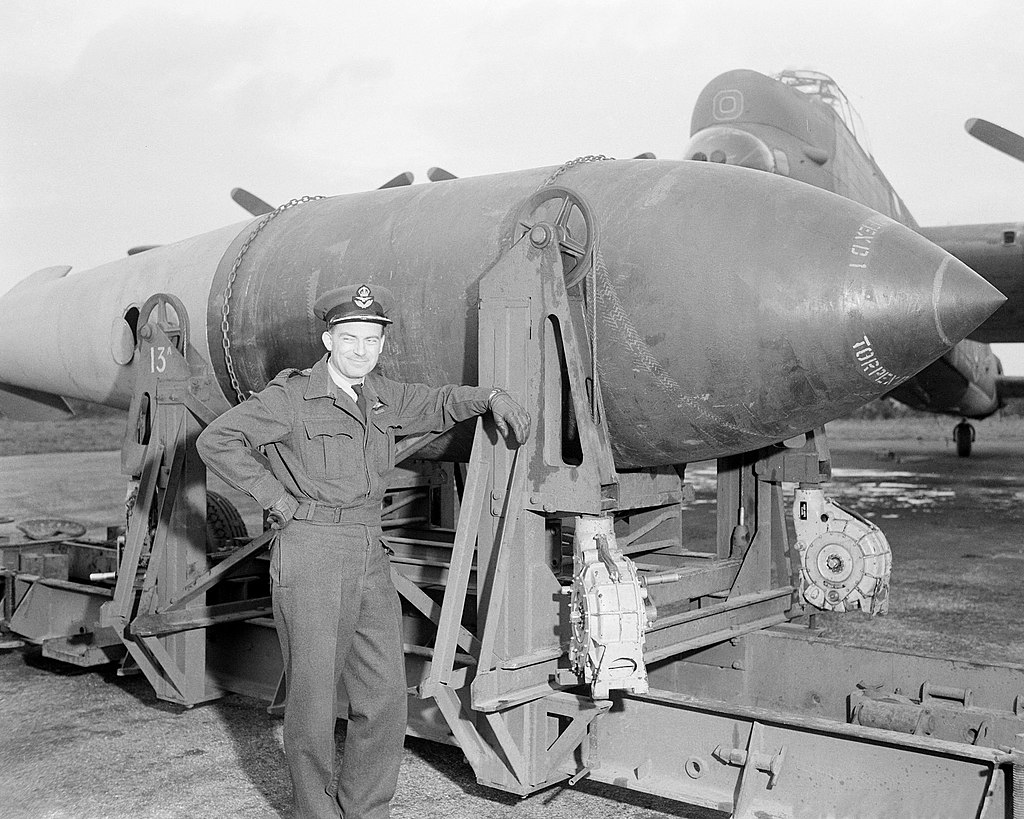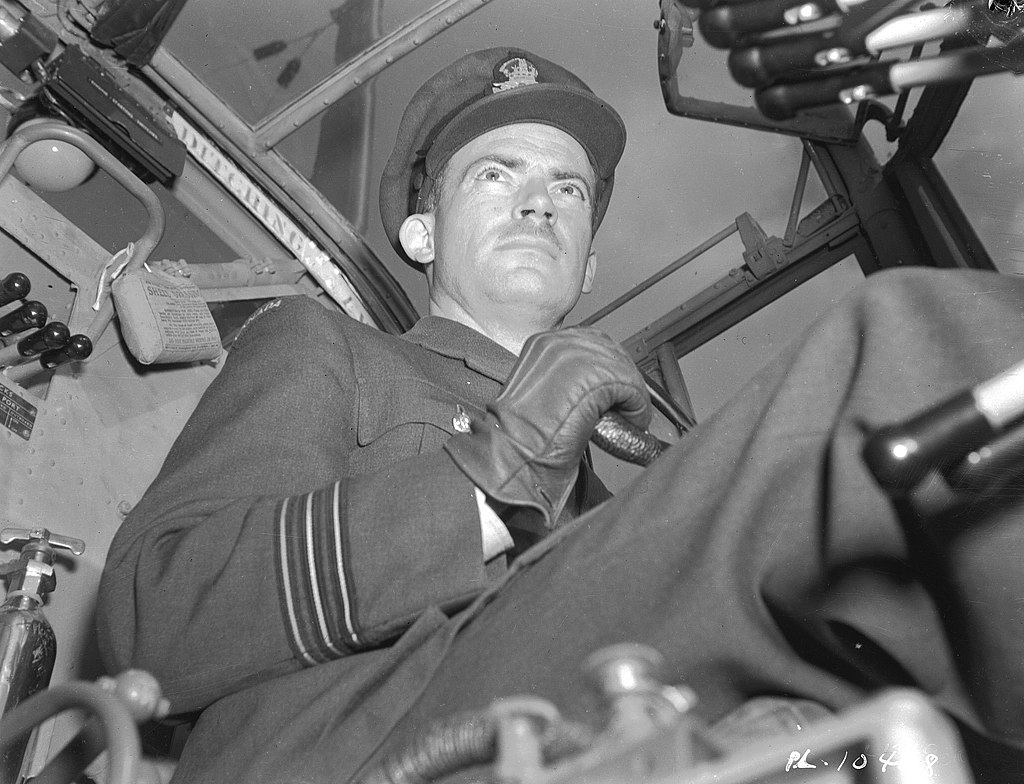
The Remarkable Life of John Emilius Fauquier: A True Canadian Aviation Legend
Nestled within Section 51N, Lot 15 of Beechwood Cemetery lies the final resting place of one of Canada's most distinguished wartime aviators, John Emilius Fauquier. Born in 1901 to a wealthy Ottawa family, Fauquier's life was shaped by the ambition and opportunities afforded by his father, Gilbert Emilius, who had amassed a fortune building the Ontario leg of Canada’s first transcontinental railway.
John Fauquier's early life was marked by privilege and education, attending the prestigious Ashbury College. Following his graduation, he pursued a career as a stockbroker in Montreal, but his true passion soon took flight—quite literally—when he began taking flying lessons. This newfound love for aviation quickly consumed him, leading him to persuade his father to invest in a Waco biplane, which he used to embark on a remarkable journey north to Noranda, a burgeoning mining town in Northern Quebec. It was here that Fauquier founded Commercial Airways, a modest bush airline where he served as both owner and sole pilot. Though the airline never expanded beyond two planes, Fauquier’s experience in the skies would set the stage for his incredible wartime contributions.

By the time the Second World War erupted in 1939, John Fauquier had already logged nearly 500,000 kilometers in the air. Initially, he served on home soil, training fledgling pilots at Trenton and Camp Borden. However, Fauquier’s skills and determination soon led him to the heart of the conflict. In 1941, he was posted overseas and assigned to the 405 Squadron, where he piloted an array of aircraft, including Wellingtons, Halifax bombers, and Lancasters. Despite being a decade or more older than most of his fellow pilots, Fauquier's mastery of these large bombers was legendary—his ability to maneuver them with the finesse of a Spitfire pilot earned him the admiration of his peers.
After completing his initial tour, Fauquier briefly served at RCAF headquarters in London before returning to the 405 Squadron, which had by then become an elite Pathfinder Force. This squadron's mission was critical and perilous—using newly developed radar technology, they identified and illuminated enemy targets at night, guiding the bomber force to deliver their payloads with devastating accuracy. In 1942, Fauquier became the first Canadian to lead a bomber squadron in battle, a distinction that was soon followed by the awarding of the Distinguished Flying Cross for his “ability and grim determination to inflict the maximum damage on the enemy.”
One of Fauquier’s most daring missions occurred during Operation Hydra in August 1943, where he led a 600-plane bombing raid on the German military rocket base at Peenemunde. While most pilots completed their part of the mission in just three minutes, Fauquier stayed over the target for a harrowing 35 minutes, laying down flares to ensure the success of the operation until the very last plane had departed.
As the war progressed, Fauquier's leadership and valor continued to shine. Promoted to acting air commodore, a rank that typically precluded operational flying, Fauquier's relentless desire to serve on the front lines led him to request a demotion to group captain. This allowed him to continue flying, this time as the commanding officer of the famed No. 617 Squadron RAF, better known as the Dambusters. Under his command, the Dambusters executed a series of legendary raids, including the destruction of the Mohne and Eder dams, which flooded the Ruhr Valley, and the obliteration of massive submarine pens with the powerful Grand Slam bombs.
Throughout his illustrious military career, John Fauquier was awarded the Distinguished Service Order three times—a distinction second only to the Victoria Cross. His courage, leadership, and unyielding commitment to his mission made him a hero in the truest sense of the word.
John Emilius Fauquier passed away on April 3, 1981, leaving behind a legacy of bravery and excellence in aviation that continues to inspire. As we remember his contributions, his life story stands as a testament to the extraordinary impact one individual can have on the course of history.


